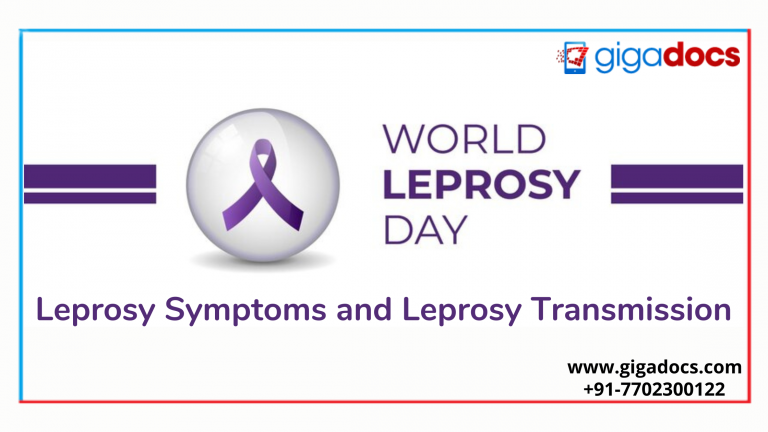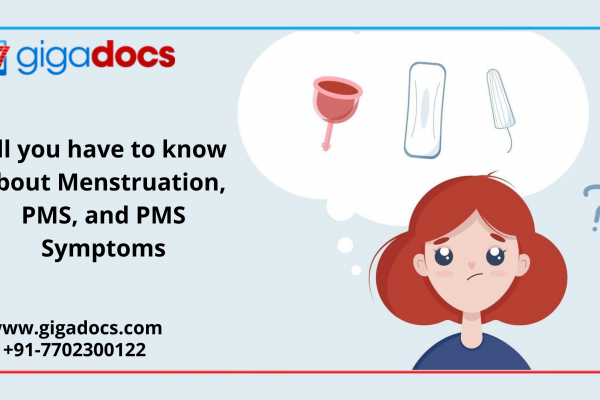Leprosy was long thought to be a dangerous and extremely contagious illness, but today we know it is not communicable and that treatment is quite successful. The infectious disease leprosy results in severe, disfiguring skin lesions and nerve damage in the arms, legs, and other skin-covered body parts. However, if the nerve damage is not treated, it can lead to blindness, paralysis, and paralysis of the hands and feet.
World Leprosy Day
Before moving on, let’s define what Leprosy is. Simply put, it is an infectious condition brought on by a species of bacteria known as Mycobacterium leprae. Leprosy can be cured, and early treatment can reduce disability. Leprosy patients experience not only physical deformity but also stigmatization and discrimination. Every year on the last Sunday in January, people worldwide observe World Leprosy Day to raise awareness of leprosy (Hansen’s disease). Leprosy, Leprosy Transmission, Causes, Symptoms, Leprosy Complications, and Leprosy Treatment are covered in-depth by Gigadocs.
Leprosy Transmission
Do you know that Leprosy cannot be acquired by simply shaking hands, hugging, eating together, or sitting near someone with the disease? Additionally, a mother cannot transmit Hansen’s illness (Leprosy) to her unborn child while pregnant.
Is Leprosy contagious?
Many people have this question in mind. Finding the source of infection is frequently quite challenging due to the sluggish growth of the bacteria and the lengthy onset of disease symptoms. Scientists believe Hansen’s disease transmission may occur when a sick person coughs or sneezes and a healthy person breathes in the droplets carrying the bacterium.
To contract leprosy, one must have regular, close contact with an untreated leper for a long period. Take necessary precautions, if you come into contact with someone who has Hansen’s disease, such as:
- Close contact that includes hugging and handshakes.
- Regularly sitting next to one another on the bus.
- Having meals together.
Leprosy Symptoms
Disfiguring skin sores, lumps, or bumps that persist for several weeks or months are the primary sign of leprosy. Peripheral nerves, often known as skin and skin-related nerves, your eyes, and the delicate tissue lining the inside of your nose could also be affected. The following symptoms of nerve damage can be seen:
- Loss of sensation around the legs and arms.
- Muscle tremor
After coming into touch with the bacteria that causes leprosy, it typically takes 3 to 5 years for symptoms to develop. Some people don’t start experiencing symptoms for 20 years. Doctors have an extremely tough time figuring out when and where a leprosy patient contracted the disease because of the lengthy incubation period.
Types of Leprosy
After learning about leprosy, let’s explore the three primary types, distinguished by the quantity and type of skin sores a patient has. Before you read on, let’s understand that the type of leprosy determines the specific symptoms and course of treatment.
- Tuberculoid- A milder, less serious type characterized by one or a few flat and light-in-color spots on the skin. Due to nerve damage beneath, the affected skin area may feel numb. Compared to other kinds, tuberculoid leprosy is less contagious.
- Lepromatous- This is a more serious variation of the illness. It causes multibacillary leprosy, which causes extensive skin lumps and rashes, numbness, and muscle weakness. Lepromatous may also impact the nose, kidneys, and male reproductive organs.
- Borderline- Characterized by the presence of both tuberculoid and lepromatous leprosy symptoms.
Leprosy Complications
Leprosy can permanently harm your skin, nerves, limbs, legs, feet, and eyes if left untreated.
Leprosy complications include the following:
- Glaucoma or blindness
- Hair fall
- Infertility
- Permanent swelling, lumps, and bumps
- Male infertility and erectile dysfunction
- Permanent damage across the nerves of the arms, legs, and feet
- Renal failure
- Muscle deterioration results in claw-like hands or the inability to flex the feet.
- Permanently damaged nose, which may result in nosebleeds and persistent stuffiness.
- Damage may also occur to the nerves outside the brain and spinal cord.
Damage to the nerves can cause a dangerous loss of feeling. Any nerve damage from leprosy, cuts, burns, or other injuries to your hands, legs, or feet may even make one feel numb to experience pain.
Leprosy Treatment with Gigadocs
Leprosy as a public health issue was declared eradicated in India in 2005, which explains that the disease’s prevalence rate was reduced to less than one case per 10,000 people. However, more recent incidents with greater intensity have surfaced. More concerning is that more than half of the world’s new leprosy cases occur in India today.
Leprosy is treatable with antibiotics. There have been 16 million leprosy cures in the past 20 years. Long-term treatment is advised by doctors, typically lasting six months to a year. Antibiotics may be needed to be used for longer if the leprosy is severe. To learn more, download the Gigadocs app and speak with knowledgeable medical professionals at –
● IOS App – apple.co/2W2iG4V
● Android App – bit.ly/33AQoRC
To know more e-mail, at info@gigadocs.com




